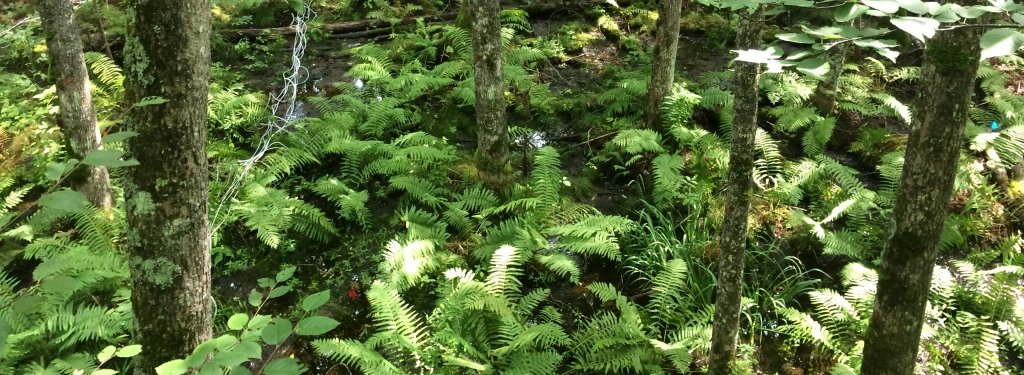Emerald Ash Borer Found in the Keweenaw
Emerald ash borers have made their first confirmed appearance in the Keweenaw. Michigan Tech entomologist Andrew Storer and colleagues from the University’s School of Forest Resources and Environmental Science found them in an abandoned cemetery in Laurium.
In a one-acre area, Storer and his colleagues found at least 50 infested or previously infested ash trees. Additional infested trees have been found two to three blocks from the cemetery site.
What’s more, the larvae of the glossy green beetles, which have devastated ash trees in southeastern Michigan, seem to have been chewing away here, undetected, for some time. “Based on the condition of the trees,” Storer said, ”the emerald ash borer has clearly been here for a number of years.”
The invasive insect has been spotted three previous times on the Upper Peninsula, but the closest known infestation was more than 200 miles from the Laurium site.
“It’s disappointing to find them here, but since they are here, it’s better that we know it,” Storer said. “Now that we know they are here, homeowners and land managers will be able to protect or remove their ash trees as part of management efforts against this pest.”
Meanwhile, Storer and members of his lab are widening their search for the ash borers and the trees they kill. The Michigan Department of Agriculture is expected to join the hunt in an attempt to determine the extent of infestation and to develop recommendations for homeowners and land managers.
The discovery came as a result of county agricultural extension director Mike Schira's investigation of a Laurium homeowner’s report of dead and dying ash trees. Storer visited the site, collected larvae and sent them to James Zablotny of the US Department of Agriculture, who confirmed Storer’s identification.
Emerald ash borers are native to China, Japan, Korea and Mongolia and probably hitched a ride to the US in wood packing material used in cargo containers. Once here and faced with few natural enemies, the invasive insects began attacking all native ash trees.
The beetles lay eggs on the tree’s bark, and their larvae tunnel underneath, eating the living part of the bark and the outer layers of wood. Eventually, the tree dies.
Emerald ash borers can only travel about two miles in a lifetime. The borers expand their range as people haul infested firewood or other infested materials to new areas with ash trees.
Michigan Technological University is an R1 public research university founded in 1885 in Houghton, and is home to nearly 7,500 students from more than 60 countries around the world. Consistently ranked among the best universities in the country for return on investment, Michigan's flagship technological university offers more than 185 undergraduate and graduate degree programs in science and technology, engineering, computing, forestry, business, health professions, humanities, mathematics, social sciences, and the arts. The rural campus is situated just miles from Lake Superior in Michigan's Upper Peninsula, offering year-round opportunities for outdoor adventure.




Comments